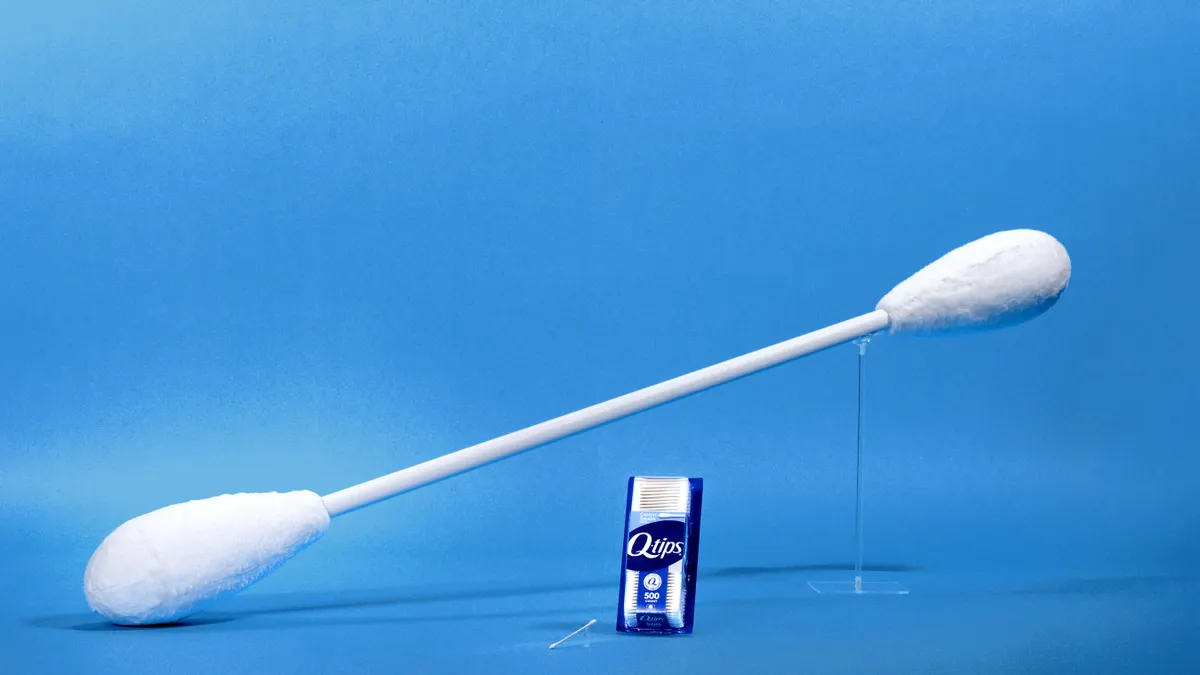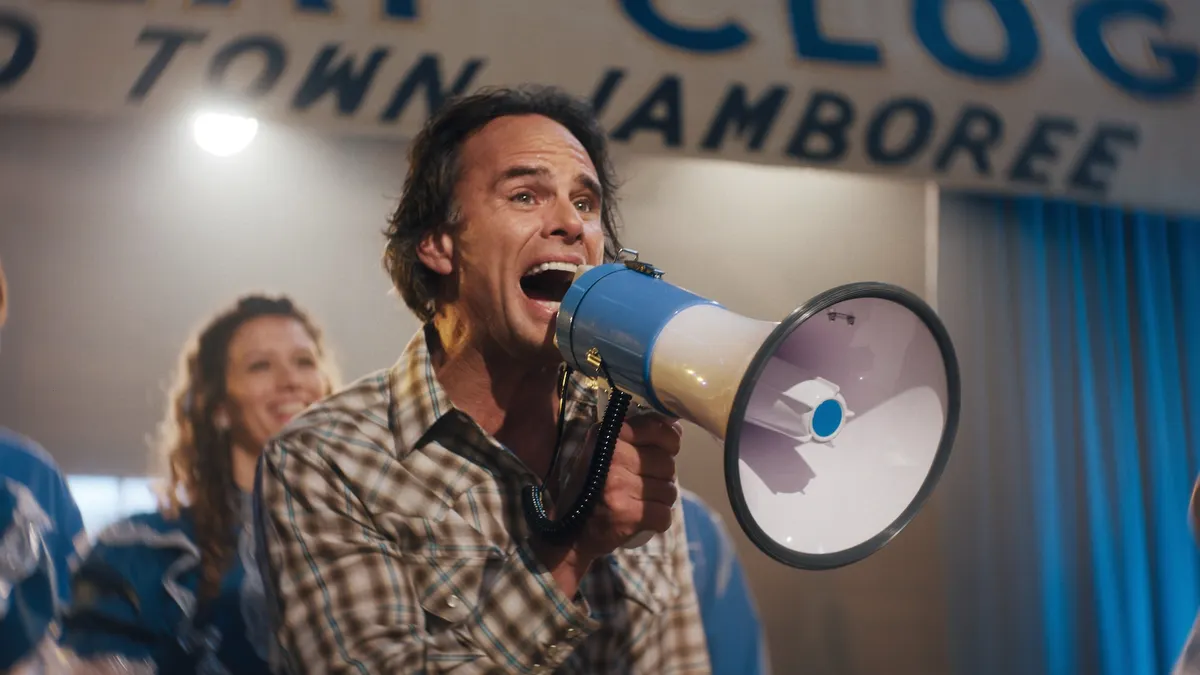Twitter announced on Monday that co-founder and interim CEO Jack Dorsey is coming back to lead the social network – permanently, this time. Twitter also promoted former head of revenue and partnerships Adam Bain to the COO role, and industry insiders say the combination of the two could be the medicine that Twitter needs to snap out of its funk.
Dorsey, who was fired from the same role seven years ago, was named interim CEO after Dick Costolo's departure from the company in June. Somewhat controversially, Dorsey will continue his role as CEO at mobile payments firm Square, which is expected to go public soon. He will also remain a member of Twitter's board, according to filings with the SEC. The San Francisco-based micro-blogging site has announced that it plans to revamp its board of directors and plans to bring in a chairman from outside the company. As part of the reshuffling, former CEO Dick Costolo will step down from the board, leaving the company entirely.
We are naming @adambain COO of Twitter, we're working to change the composition of our Board, and I will serve as CEO of Twitter and Square!
— Jack (@jack) October 5, 2015
Though he was criticized for poor management in his first run as Twitter CEO, Dorsey won't be looking to make the same mistake twice. Following Costolo's exit, Dorsey came in ready to shake up Twitter's business and lay out a long-term vision for the company amid frustrations over the lack of clear growth strategy. Twitter's stock has sagged in recent months, sitting near all-time lows, as the site struggles to continue growing its user base.
Shiny new products
To those in the industry, Jack Dorsey is widely viewed as a product visionary who can accelerate Twitter's development of new products. Twitter has changed very little as a product since Dorsey left the company, which has contributed in large part to the company's sluggish user growth. Compared to Facebook's 1.5 billion monthly active users (and even Instagram's 400 million), Twitter can only count 316 million monthly active users.
The company still holds promise. "Twitter could be the next Google if it wanted to be," angel investor Ron Conway told The New York Times, but its growth problem stems from not thinking big enough.
Conway is not alone in this thinking. Gartner Research Director Brian Blau told The New York Times that Twitter's biggest problem is cultivating engaged users and monetizing them. "Ultimately, they have to be engaged users that want to spend money with their advertisers," he said.
In other words, the company needs to better extract value out of its existing business and innovate further. Even in Dorsey's brief tenure as interim CEO, the company seemed to roll out new products faster than under Costolo, lending some credence to Dorsey's reputation as a product visionary. Twitter recently rolled out a "Buy" button for retail marketers. But the most notable development could a rumored new product to extend tweets past the iconic 140-character limit – one of the distinctive features of Twitter that Dorsey first came up with, but has reportedly endorsed moving away from.
One of the most highly-anticipated new features, Moments, or "Project Lightning," was started under Costolo. Moments is an attempt to attract new users by providing curated lists of tweets from trending topics and live events that are accessible and easily digestible for those unfamiliar with the product. True to Dorsey form, the product rolled out on Tuesday, just a day after he was officially appointed to the role of permanent CEO.
As The New York Times put it, Twitter is "where the pope, presidential candidates, celebrities, the rich, the poor and the disadvantaged all gather in the same room to talk about live events, and to make history." If it can make its product more appealing to mainstream consumers via Moments – and better monetize it with the new Buy buttons – Twitter could take the next step in its evolution.
During a call following the news Monday, Dorsey assured investors, analysts, and the media that the company's product teams have plotted "dramatic evolution across Twitter, Periscope and Vine" over the coming year.
Bain and Dorsey: A power duo in the C-suite
The big difference between Jack Dorsey and Dick Costolo is that Dorsey, as a founder of Twitter, is more empowered (internally and externally) to change the product he created. With Adam Bain – known for his skills at pitching Twitter to advertisers – at his side, the duo will need to find a way to overcome Twitter's biggest challenges: increasing audience and ad sales.
Following the CEO announcement, Bain tweeted that Dorsey's appointment would energize the Twitter team.
Our teams are energized by @jack and our advertisers & partners love interacting with him.
— adam bain (@adambain) October 5, 2015
Analysts, however, contend that Bain's promotion is crucial to Twitter's future success – maybe even more so than Dorsey's appointment. Noah Mallin, head of social for MEC North America, told Adweek the move to make Bain COO is "really as important as the CEO announcement – Adam has been able to lead a highly motivated team and has built up enormous goodwill inside and outside of Twitter."
Last week, after breaking the news that Dorsey would be named CEO, Re/Code followed up with a profile on Dorsey asking the question that's on everyone's mind: What's so different about Dorsey now?
Simply put, Dorsey appears to have grown up. No longer is he "the impetuous, petulant CEO pushed out by his allies." Now, Dorsey is back to save the company he founded without a tinge of bitterness, and he is no longer on a product power trip like he was in 2011. He's replaced his nose ring and jeans with tailored Prada suits.
"Dorsey did something even his most fervent supporters weren’t sure he had in him" by building a strong executive team around him to help him lead, Re/Code said.
"As the product innovation pace accelerates, [Bain] will be integral to helping marketers and advertisers understand the implications," MEC's Mallin told Adweek. "It was exactly the right move."
For his part, Dorsey took to his own Twitter account to say his focus is on developing teams that move, learn, and work fast, and that the plan is to focus Twitter's "roadmap on a few things we can make really great."



















